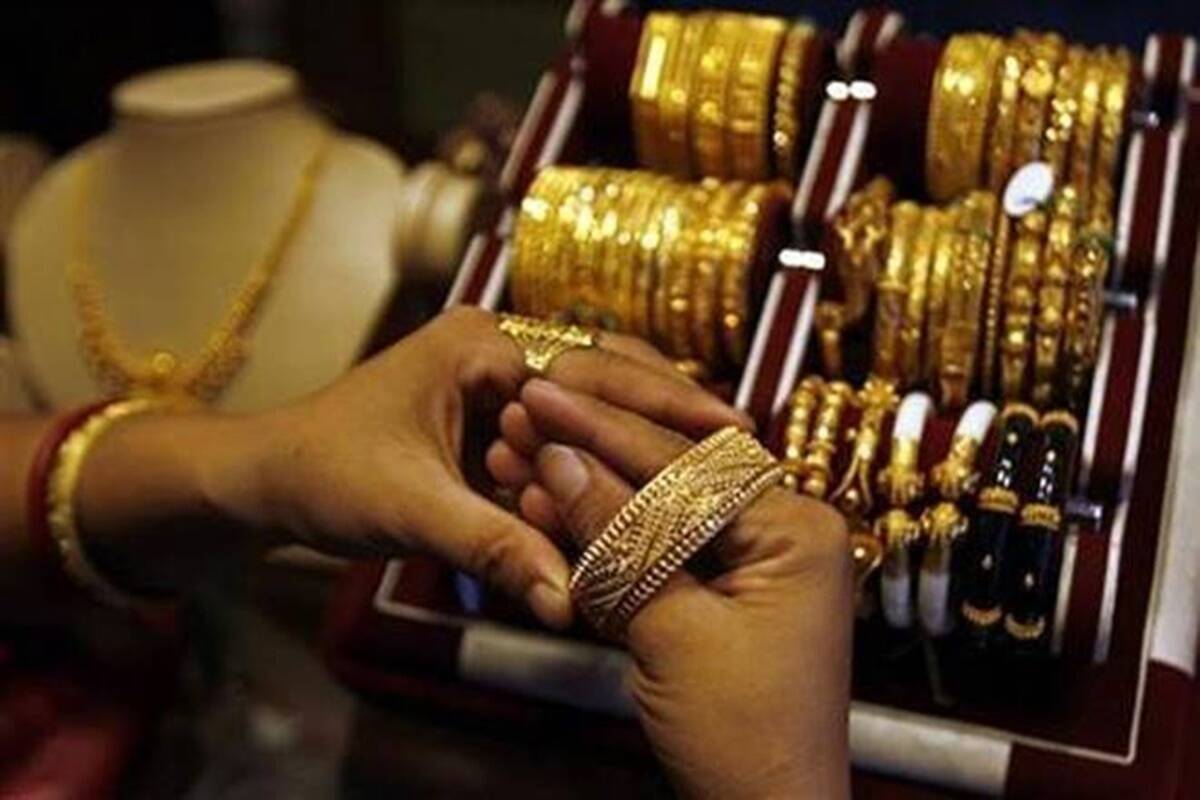Ensuring the Credibility of Gold Documents Through Comprehensive Validation Techniques
Wiki Article
Gold certificates are important financial documents that represent ownership of a specific quantity of precious metal. They function as evidence that an person or entity holds a specific amount of gold, often stored in a secure location, such as a financial institution or a vault. The credibility of these certificates is essential in maintaining the confidence of stakeholders and the reliability of gold as a form of currency and investment. To maintain this credibility, comprehensive verification techniques are necessary. These techniques help to confirm the authenticity of gold certificates and protect against fraud.

One of the primary ways for verifying precious metal certificates involves assessing the issuing institution's reputation. Institutions that provide gold certificates should be well-established and regulated by monetary authorities. By reviewing the history and credibility of these institutions, stakeholders can gain assurance in the certificates they hold. Additionally, institutions should have transparent policies regarding their precious metal reserves and the issuance of certificates. This transparency allows stakeholders to comprehend how their certificates are backed by real physical precious metal.
Another important aspect of verification is the use of unique numbers and unique codes on precious metal certificates. Each certificate should have a distinct serial number that can be traced back to the particular quantity of precious metal it represents. This helps prevent copyright certificates and guarantees that each certificate is distinct. Investors can often verify the serial number with the issuing institution, which can confirm whether the document is authentic and linked to real precious metal held in reserve. This procedure is vital for maintaining the integrity of gold certificates in the find more market.
In addition to organizational checks and identifying numbers, third-party verification services play a significant role in ensuring trustworthiness. These agencies focus in assessing and validating the authenticity of gold and related financial documents. They can provide objective evaluations of the precious metal reserves held by institutions and confirm the legitimacy of gold certificates. Utilizing independent services adds an additional layer of protection and trust, as these entities often have the knowledge and capabilities to perform comprehensive inspections and audits.
Lastly, stakeholders should remain aware about the market and standards regarding precious metal certificates. Comprehending the current trends, rules, and optimal practices in the gold market can help individuals make informed choices when acquiring or investing resource in gold certificates. Consistently monitoring information from reputable sources can also assist in identifying any potential threats or shifts in the market that may influence the trustworthiness of gold certificates. By integrating organizational checks, serial number verification, independent assessments, and continuous education, stakeholders can guarantee the credibility and security of their precious metal certificates.